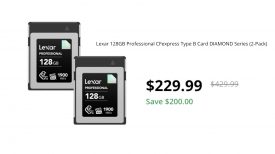Ahead of the Photokina show, Sony today announced the new a99 II camera. The camera is the new flagship model in their Alpha SLT range – an update that was sorely needed to revive the line which many observers had already written off given the popularity of the a7 series.
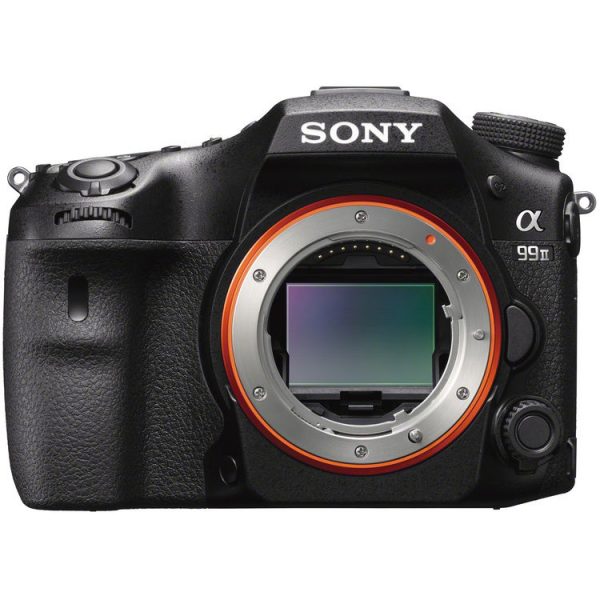
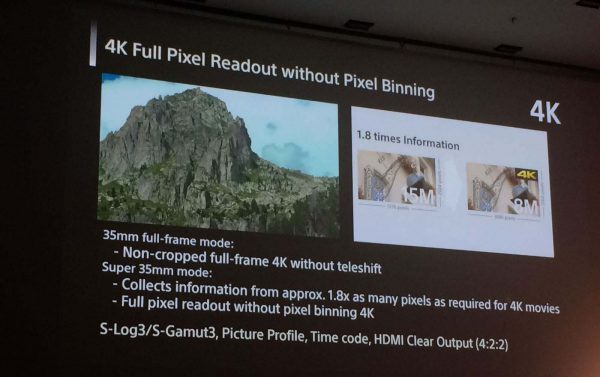
The camera seems to contain every technology that Sony have developed for their smaller a7 cameras, combined with some unique new features made possible with the larger body. The sensor is a whopping 42.4 megapixels with high speed stills shooting up to 12 fps and the ability to shoot 4K video. Like the a7S II, it shoots full frame or Super35 4K internally to the memory card at 100 Mbps in 4:2:0 8-bit. Sony say it can do this using a full pixel readout with no pixel binning – although it isn’t clear if this is just in the S35 mode, or full frame as well. If recording externally, it can output uncompressed 4:2:2 4K video.
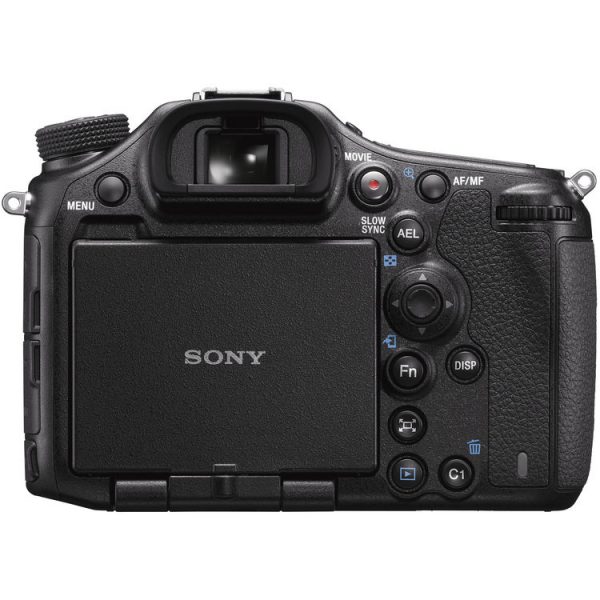
Like the a7S II, it has the usual range of Sony gammas and frame rate options. It has S-Log 3 and can shoot up to 120 fps in HD.
The camera also has a built-in five axis image stabiliser which makes using non-stabilised lenses much easier. Any old A-mount lens should now be able to benefit from the fast AF.
On the audio side the camera has a headphone jack and also a 3.5mm minijack input. It also has Sony’s MI shoe interface like the ones on the a7S II and a7R II. That means it can also work with Sony’s XLR-K1 and K2M XLR adapters.
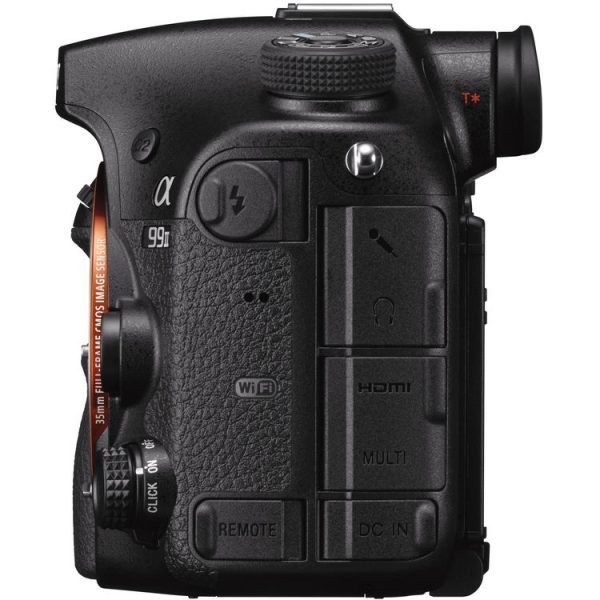
Even thought the camera looks like a DSLR it isn’t. There is an in-built 2.36 million pixel EVF where the pentaprism should be. If other recent Sonys are anything to go by the EVF should work well.
So far, so good. This specification reads much like that of the a7S II. The big difference for focussing is the addition of the Semi-translucent mirror for AF. This sits where a traditional reflex mirror would in the camera body, but instead of reflecting the image up into a pentaprism for viewing, it directs light to a 79-point autofocus sensor instead. The semi-translucent nature of the mirror means that it is left in place permanently. Most of the light still still gets to the sensor but a small amount of light loss does occur.

It isn’t clear yet how the AF system works for video but so I am really keen to try it out with different A-Mount lenses to see if it compares to the dual pixel CMOS AF in the Canon 1DX II or C300 mkII.
The a99 II’s larger body with the EVF essentially makes this camera an oversized a7. For some the a7 series has proved too small and awkward to use. The a99II might be just the ticket for users wanting camera with a bit more grip.





